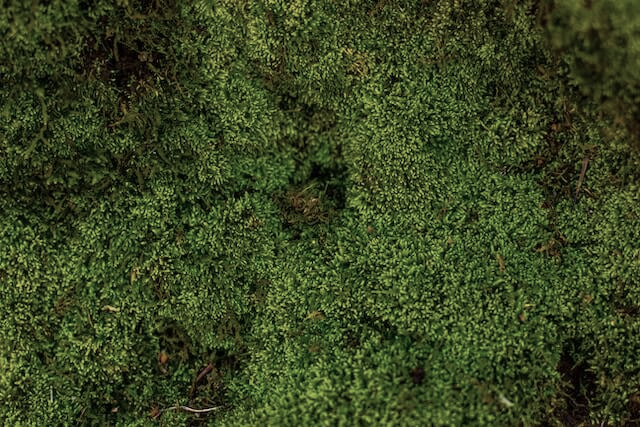
Moss grows and spreads quickly and can weaken your grass, so it’s important to treat it as soon as you spot it.
Moss can be particularly problematic during the winter months. The dark, wet conditions create an ideal environment for moss to thrive. Fortunately, moss can be treated during spring, autumn and winter.
Why it’s important to treat moss in winter
You might be tempted to retire your gardening gloves over the winter, but it’s actually really important that you don’t!
The grass on your lawn will likely grow a lot slower during this time, leaving it vulnerable to moss seizing its opportunity to take over.
How to treat moss in winter
During the autumn, before moss has the opportunity to spread throughout your lawn, apply a lawn fertiliser. This will help to keep your grass healthy so it can out-compete any moss growth in the winter.
Once winter has arrived, it’s a good idea to trim the top of your lawn on a dry day between December and February. Another round of lawn fertiliser at this point should do the trick to keep any moss at bay until you can properly remove it in the spring.
If you already have a moss problem, you can kill it with a variety of moss killer products available to the general public.
Be careful, though: if you’re applying moss killer to your grass, there is a risk of killing the grass itself. A cautious approach is recommended.
If you’re concerned about the growth of moss on your lawn and don’t want to chance ruining the grass, we at Total Weed Control can help. Our professional lawn care experts use a sulphate of iron lawn moss formula to treat moss and get it under control, without damaging any other plant life.
Professional Winter Lawn Moss Treatment
For further advice or to hire our services, get in touch with us today! We can advise you on the best course of action to save your lawn from moss over the winter months and beyond.
Moss Control Contact Us
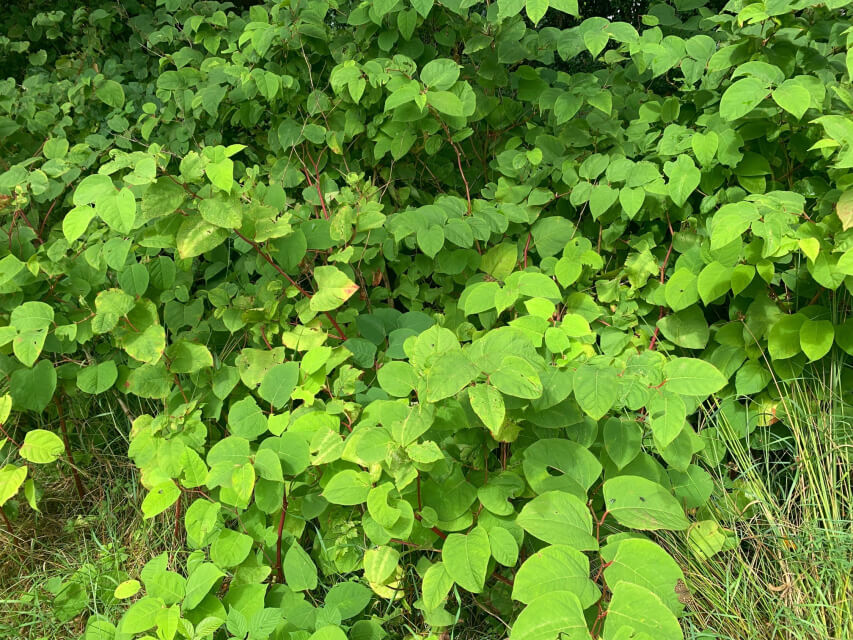
In the fight to control Japanese knotweed, scientists have discovered a new method: Aphalara itadori, a tiny jumping insect from Japan that eats the invasive plant.
More...
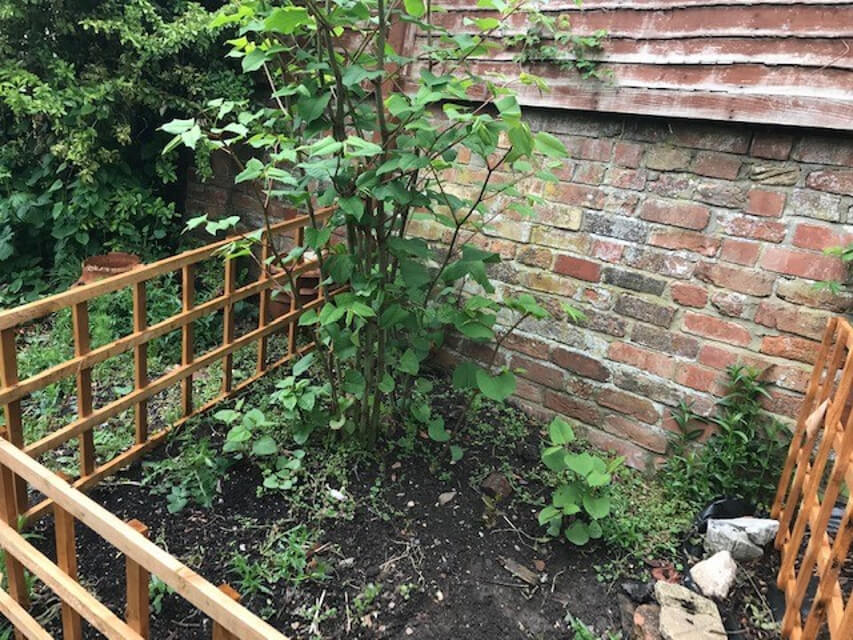
Japanese Knotweed can be a tricky plant to identify due to the fact its appearance changes throughout the year. It can also look quite similar to other plants like Bindweed, Russian Vine, Bamboo and Broadleaf Dock.
Fortunately, there are a few defining features of Japanese Knotweed to look out for. If you need help identifying Japanese Knotweed, read our handy Japanese Knotweed identification guide.
More...
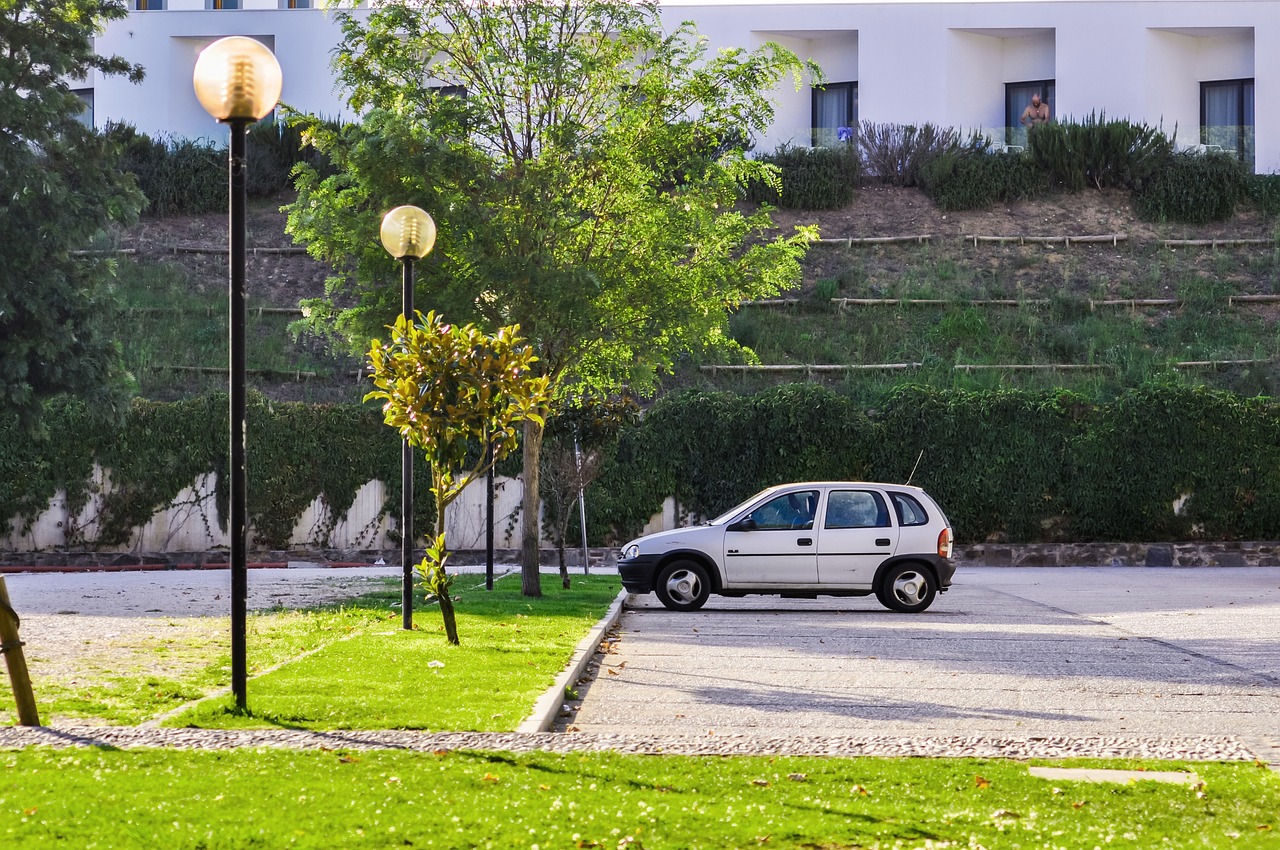
Are you finding it challenging to monitor and maintain your car park or overspill car park? Total Weed Control can help!
More...
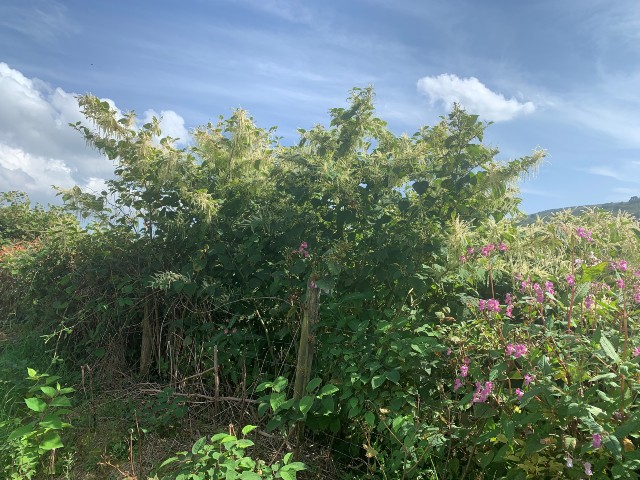
Japanese knotweed isn’t always the easiest plant to identify, and there are lots of other weeds it can be mistaken for. To confuse things further, Japanese knotweed will look different depending on the season.
The best time of year to identify Japanese knotweed is during the late summer/autumn months, particularly in September. The later summer months are also the best time to treat it, so all the more reason identify it as soon as possible.
More...
